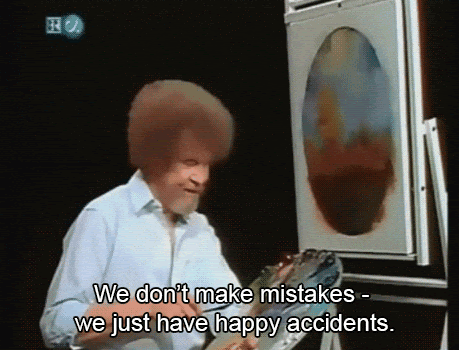
Why Your Team
Needs to See
You Fail
Dear Spark Family,
If there’s one thing I’ve learned about leadership, it’s that how we handle failure often says more about us than how we handle success. Recently, a leader asked me, “Jackie, how do I deal with mistakes in a way that sets the right example for my team?” It’s a question I love, and here’s why: it’s something that doesn’t get talked about enough.
I’ll be honest—early in my career, I thought that as a leader, I had to have all the answers and make no mistakes. If things didn’t go as planned, I’d just try to fix it quietly and move on. But I learned that pretending to be “perfect” was exhausting, and it actually held me back from connecting with my team. When I started sharing my missteps—and the lessons that came with them—something amazing happened: my team opened up, too. They felt safe, knowing they didn’t have to be perfect either.
Embracing Failure as
a Growth Tool
We’ve all been there—a plan goes sideways, or a decision doesn’t land the way we’d hoped. The instinct is to sweep it under the rug. But what if we saw failure as an essential part of growth? Being open about our mistakes doesn’t make us less credible; it makes us human. And that’s where real trust begins.
When leaders see mistakes as stepping stones—not stopping points—they foster resilience and innovation. Sharing your failures sends a powerful message: “We’re here to learn and grow together, not to chase perfection.”
A Simple Framework for Navigating Mistakes
Handling failure doesn’t have to be complicated. Here’s a framework I use to turn mistakes into stepping stones:
Acknowledge – Take ownership, but don’t get stuck in it. Show your team that accountability is about learning and moving forward, not blaming yourself.
Reflect – Ask yourself, “What did this teach me?” Reflecting on the experience can reveal insights that inform future decisions and strategies.
Share and Apply – Share the lesson with your team so they can learn from it too, and then take action based on what you learned. When you adapt after a mistake, it gives purpose to every misstep.

Leading with Resilience and Openness
Embracing mistakes doesn’t just help us grow—it creates a powerful ripple effect in our teams. Here’s how to lead your team through challenges with resilience:
Be Transparent, But Solution-Focused – Address the mistake honestly, but keep the focus on what’s next. Your team doesn’t need a play-by-play of what went wrong; they need to see the steps forward.
Encourage Reflection Across the Team – When something doesn’t go as planned, invite your team to reflect together. Questions like, “What did we learn?” open the door to shared growth and team ownership.
Model Resilience – How you bounce back from a setback is as important as the work itself. Show your team that mistakes are part of the journey, not a reflection of their value or talent.


